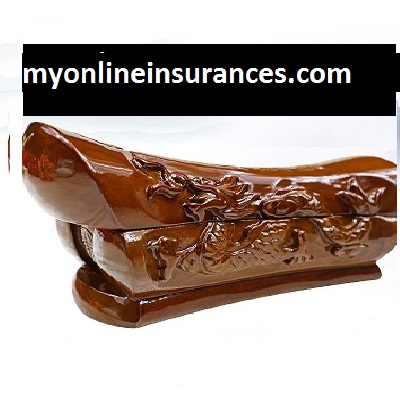How to underwrite luxury rosewood coffins? In my 23 years of navigating the world of general insurance, I’ve seen my fair share of unusual cargo. But none were quite as remarkable as the day I was called to insure a shipment of two extraordinary rosewood coffins. ### The April Fools’ Day Call—But This Was No […]
Category: marine underwriting and claim
Underwriter uses old git for transporter
Underwriter uses old git for transporter The underwriter uses old git for a transporter in the dynamic world of marine insurance. Transporters face many challenges that require strategic foresight and practical solutions. From managing sensitive product information to navigating complex insurance claims, marine underwriters play a pivotal role in safeguarding goods in transit. This blog […]

